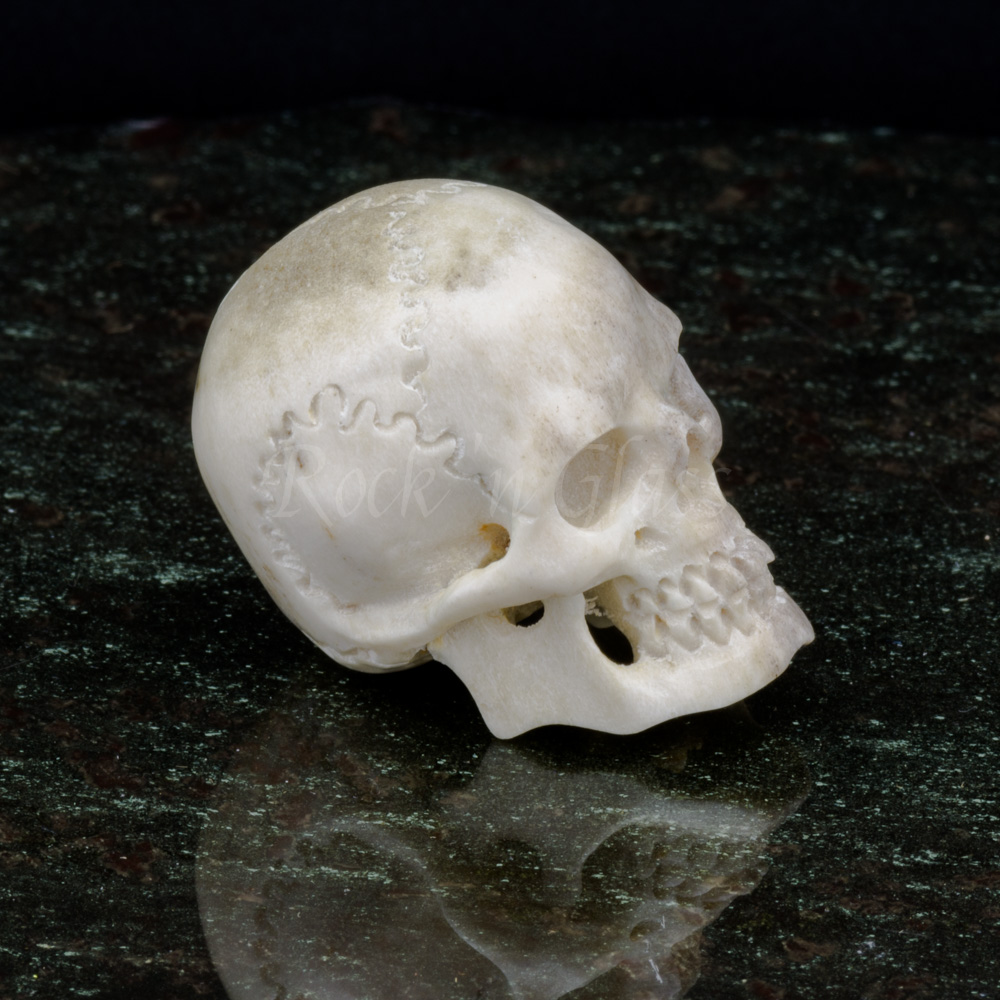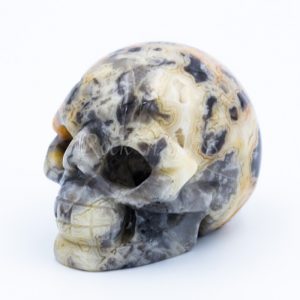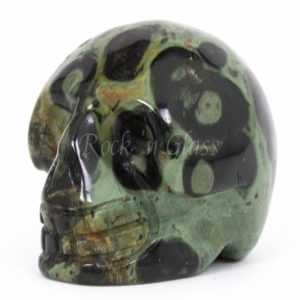Skull Moose Antler
$55.00
SIZE: 1.08” D (mouth to back) x 0.81” W x 1.11”
ANTLER—MOOSE
This symbol of feminine power evokes the courage, bravery, and strength to accomplish goals and stimulate the joy of accomplishment.
The majestic male Moose sheds his antlers every year. Moose grows new antlers to replace the old and leaves the old behind which makes harvest of antler completely safe for the animal and absolutely unobtrusive. The antlers are an extension of bone from the Moose’s skull. New antlers are covered with fuzz that is called velvet. The velvet is to help the antlers to grow and disappears as the year goes on. The primary purpose of the antlers is sexual attraction and mating behavior. Moose is a symbol of strength, power, bravery, and courage. It enhances the joy of accomplishment. It is headstrong and has great longevity. It enhances self-esteem. It is symbolic of wisdom, steadfastness, and confidence. It is imbued with primary female energy. The qualities of the Moose spirit linger in the antlers it sheds on the forest floor.
These animal carvings are fashioned from naturally shed Moose antlers. Collected in Alaska each year and handcrafted by master artisans these sacred sculptures can provide you the opportunity to embody the power and spirit of Moose.
Each winter the Bull Moose sheds his antlers (which can weigh up to 60 pounds). Shedding the antlers allows the Moose to store more energy so they can survive and thrive during the harsh winter months. Each spring the Bull Moose grows a new set of antlers
Important: This photo is only for your reference, and is representative of the material.Individual carvings may vary slightly in size, color, or, inclusions. We will do our best to select individual pieces that best represent the stone you have chosen.
1 in stock



























Reviews
There are no reviews yet.